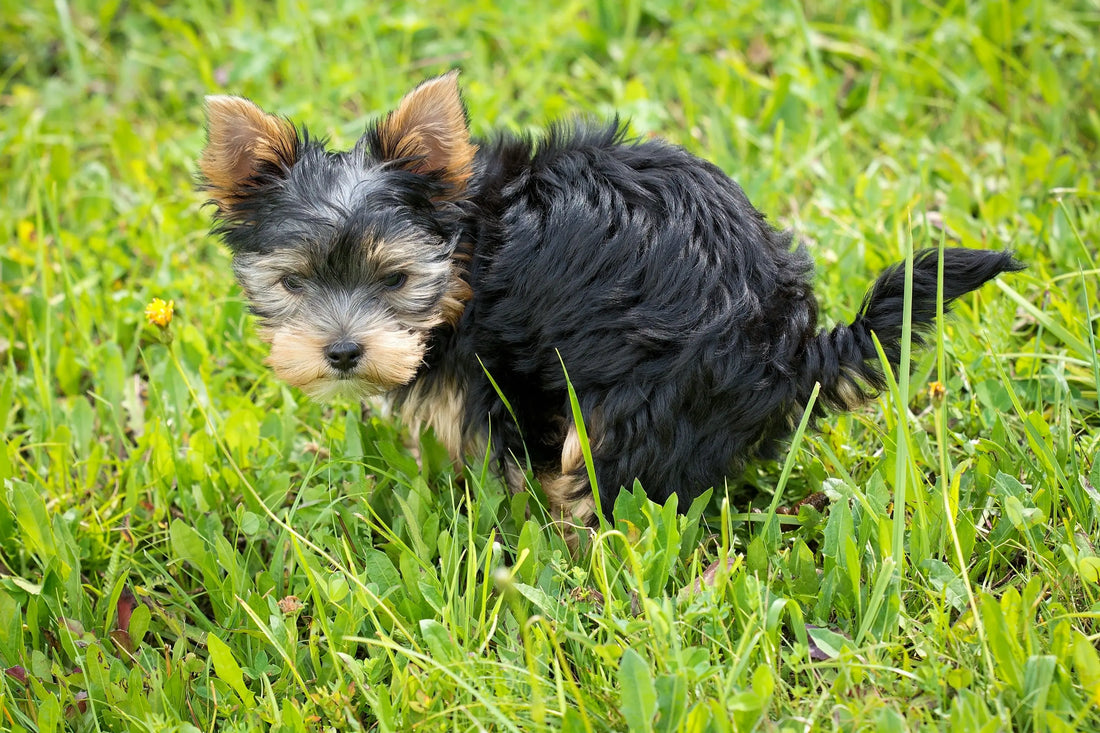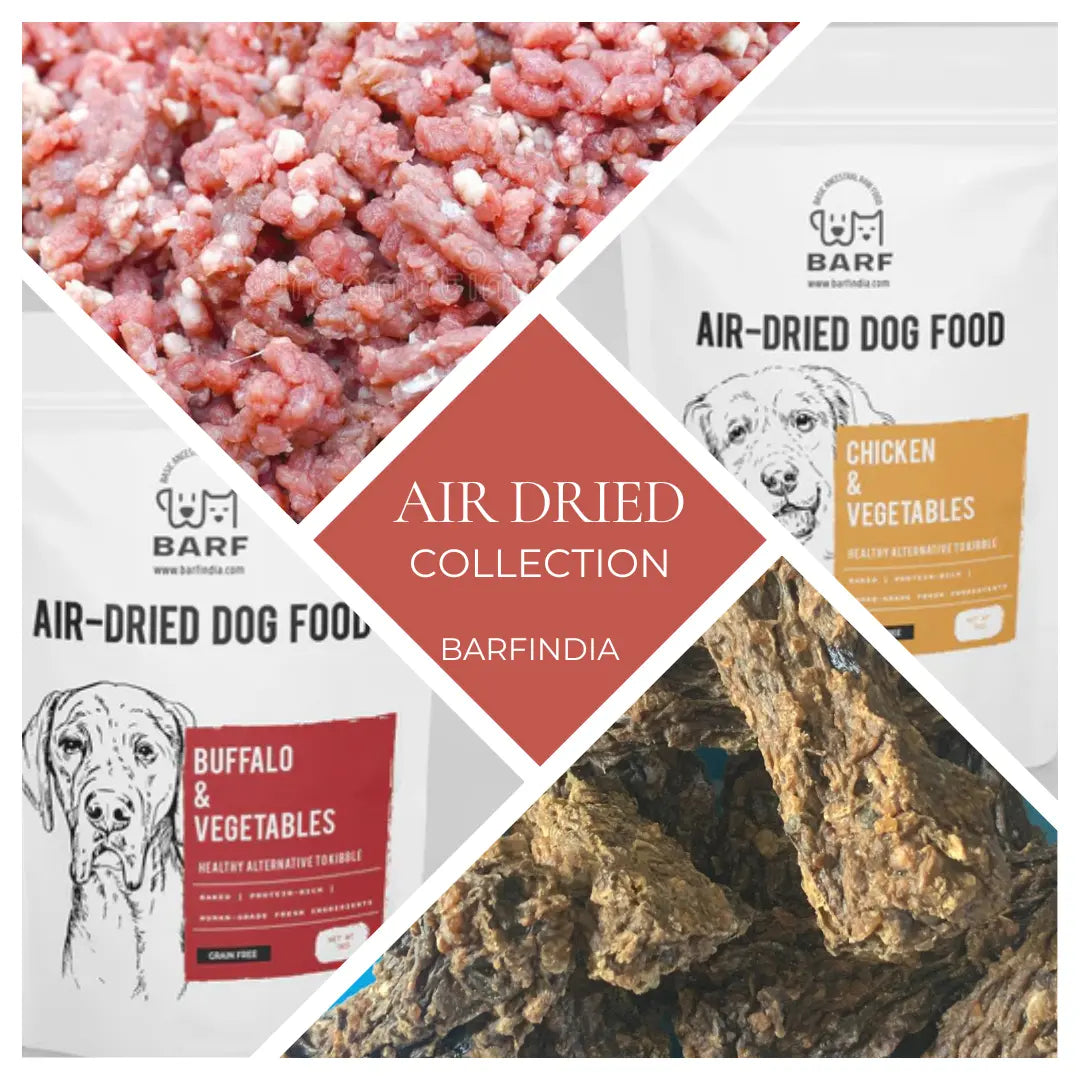
Dog Poop: Why the fuss?
B.A.R.F. India AdministratorDog poop time: know what’s in and what's out
Every pet parent invariably notices the various ways their dog poop. Each dog has a unique ritual before relieving himself. And it mostly involves spending tine doing a lot of activities before actually ‘doing the job’, time which is usually easily doubled when you are in a rush. I can already see a few pet parents nodding their heads in agreement. Don’t worry, we’re in this together. If you’ve ever spent some time wondering about your dog’s strange behavior before doing the job, then you are not alone. Most of us are left scratching our heads over our
. Do you see your pooch trampling the spot where he’s decided to go before actually getting down to the task? Or have you seen your canine stopping to sniff countless times before finally deciding on a spot to pee? If our dogs could tell us, they’d educate us on their potty time behavior, but since they can’t, it’s up to us to figure it out. Some canine elimination behavior are led by instinct and are perfectly normal. However, some others can indicate an underlying health problem that needs to be checked by the vet.
Why does my dog ‘prepare’ a spot before she goes?
Dogs need to squat down low to relieve themselves. When they trample the area beforehand, they are making sure there are no sticks, stiff weeds, rough tall grass or other nasty surprises waiting inside.
Why does my dog sit facing the same direction every time she poops?
You’ll be surprised to know that our canines are more attuned to the earth than we are aware of. Most dogs tend to follow a north-south magnetic axis if the Earth’s magnetic field is stable when they choose to go potty. And this is true of all-breed, from the smallest to the biggest of them all.
Why does my dog sniff so many spots before picking one good enough to pee in?
For your dog, heading out isn’t just so that she gets a chance to poop and pee. It is also when they catch up with all the neighborhood dogs, reading and writing their ‘pee-mails’. Dogs use their sense of smell to collect information about other dogs that live in the area and have relieved themselves close by. This is called scent marking and many animals use this for communication. Interestingly, dogs of both sexes indulge in this pee-mailing, and they use it to declare social position, find mates, check out unfamiliar dogs and limit potentially threatening situations when they encounter each other.
Do all dogs raise their leg to pee?
When dogs raise their leg to pee, it helps them mark territory in a vertical line to appear larger and more dominant than other dogs in the area. You might notice your male dog do it more than the female.
What’s the idea behind kicking-up grass after my dog poop?
Dogs have a great sense of hygiene and most of them kick up grass or mud after pooping to cover their deposits. When they do it after just peeing they are releasing pheromones from their paws to mark their territory and to double the impact of the pee-marked territory. Does this explain why dogs spend so much time sniffing every stone, pillar, leaf, bush and tree trunk? Each of these carries countless messages from countless dogs.
Why does my dog boot-scoot on the ground?
It is quite embarrassing for dog parents when they see their dog do the boot scootin’ boogie on the ground or on the carpet, rug or some other fabric-covered surface. If your dog does it regularly, it’s something to worry about. ‘Scooting’ indicates an itchy or irritated backside. In very rare cases this can also be caused by tapeworms, but there will be other symptoms as well, like loss of weight, rough and dull coat or dry skin, a swollen and painful abdomen, or even diarrhoea. In some cases you might also see worm segments at the opening of your dog’s anus.
Another reason for the scooting could be a perianal tumour, or irritation caused by diarrhoea or a perineal yeast infection. It could also be an anal gland problem and your dog is simply trying to relieve the itching and irritation of an inflamed, infected or impacted anal gland. A trip to the vet is called for just to eliminate all these issues or to start treatment.
Sometimes my dog strains to relieve himself.
Just like us, a dog can have trouble relieving himself too. If passing stool is an issue, it could be because of constipation, diarrhoea or even a perianal fistula. The latter is a lesion that develops around a dog’s anus and cause painful, persistent ulcers that hurt while passing stool. Along with straining to poop, there could also be bleeding, lack of appetite, trying to poop but the bowel is empty, diarrhoea, licking and biting the anal area, a foul smelling discharge, and a change in overall dog behaviour too. If your dog is straining to urinate it could mean urinary stones that have been known to completely block the urethra. If your dog is unable to urinate, please rush to your vet immediately as it requires prompt treatment. Other peeing issues that you need to be concerned about are frequent urination, or abnormal urine (if just a few drops come out when your dog wants to pee, then it stops, and then some more drops come out), suddenly urinating at home,and cloudy or bloody urine.
When to go to the vet:
If you notice any changes in your dog’s pooping or peeing routine, head to your vet at the earliest. Not being able to urinate is a life-threatening emergency and you will need to rush your dog for immediate treatment. If your dog is straining, that means he could also be in pain or at the least he could be discomfort, and you must find a resolution for this soon. Conclusion You might not pay much attention to the peeing or pooping routine of your dog. What might seem weird could actually be normal, while some other signs could signify a medical condition. The best way to stay on top of your
is to keep an eye on what comes out of her and know what is considered ‘normal’ for her, so the minute you notice an abnormality, you can take the help of your veterinary doctor.






